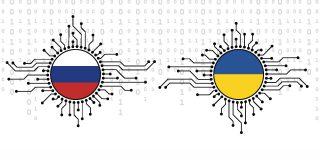

Even smart fridges now used as gateways to launch malicious activity
Profit-driven hacking groups are behind a 500 per cent in botnet-driven denial of service attacks against networks in the last year according to Nokia;s Threat Intelligence team.
The attacks were made through a million insecure IoT devices inclding iunsecured smart refrigerators and medical sensors, and were intended to disrupt telecom networks, said Nokia.
Bot malware scans billions of IoT devices worldwide for vulnerable IoT devices including smart refrigerators and medical sensors which may lack adequate security measures.
The initial surge occurring when the Russia-Ukraine conflict started and the trend has now spread globally to various critical infrastructure sectors said Nokia.
The number of IoT devices involved in these attacks is believed to have has risen from 200,000 to approximately 1 million although Nokias findings based on data collected from over 200 million devices worldwide that use Nokia’s NetGuard Endpoint Security product which monitors consumer, enterprise, and critical infrastructure network traffic for malware and attack activity.

The hacking was discovered by various Nokia centres specialising in threat intelligence and cybersecurity.
The Nokia report r the number of trojans (malicious software that masquerades as safe applications) targeting personal banking information on mobile devices has doubled, putting millions of users at risk of financial and credit card information theft.
Fortunately, malware infections in home networks have decreased from the peak of three per cent during the COVID-19 pandemic to 1.5 per cent, and are nearly back to the the pre-pandemic level of once per cent. Nokia says this decline is due to a decrease in malware campaigns targeting remote workers as more people returned to their offices.

Nokia senior vice president Hamdy Farid emphasised the need for stronger security measures in 5G networks. This includes implementing threat detection and response systems specific to telecom providers, as well as promoting robust security practices and awareness across all levels of organizations involved in the industry.






